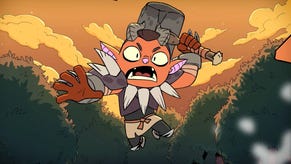Dark Souls 3: The Ringed City hints that the Age of Fire is done, but don't look for a Londor visit
Speculating on the world's end.
Dark Souls 3: The Ringed City will be the final piece of the Dark Souls story - for now. While Hidetaka Myazaki and From Software haven't said they'll never come back to this universe, they have no plans to do so. For all intents and purposes, this is It.
A lot of fans are hoping The Ringed City will make clear all the mysteries of Dark Souls, wrapping the story up neatly. I don't believe it will; that hasn't been From Software's approach in the past, and doing so would undermine one of the franchise's core tenets and also a lot of its entertainment value. Nothing could live up to the mystery, and the storytelling going on inside your feverishly speculating minds.
Nevertheless, this seems like a really good time to talk about the story of Dark Souls 3 and the series as a whole, how the Ringed City might fit into it. Everything that follows is pure speculation, based on my personal interpretation of the broader franchise story, and is probably missing certain details, if not downright incorrect. The beauty of Dark Souls is that we can all have our own personal canon; the material is both rich and deliberately, gapingly incomplete.
"At the close of the Age of Fire, the Ringed City is said to be at world's end," the trailer for the final DLC says. "World's end" is an unusual choice of phrase, and we know that much of the language of Dark Souls is very deliberately chosen, despite localisation issues.
Linked as it is with the "close of the Age of Fire", the phrase "world's end" has definite apocalyptic associations. This lends weight to the theory that Dark Souls 3 represents the ending of the cycle of the First Flame.
We observe the Darksign, the firey brand marking a human with the curse of the undead. Is its shape more than a symbolic nod to Dark Souls' obsession with cycles? Does the Ringed City have some connection to the curse? Is this where it originated?
As this piece of narration plays we observe the Darksign, the firey brand marking a human with the curse of the undead. But for the first time, I wonder if its shape is more than a symbolic nod to Dark Souls' obsession with cycles, or circles. Looking at its slightly misshapen, broken form, I had a gestalt shift, and felt like I was looking at a city wall, from above, lit up by flames. Does the Ringed City have some connection to the curse? Is this where it originated?
"Past this heap of rubbish," the narrator continues. The imagery during this scene evokes the folded mash-up of worlds that we see in the Kiln of the First Flame at the end of Dark Souls 3. To refer to the convergence of everything from the many eras of the Age of Fire as "rubbish" suggests that its time is over and done, and also that whatever is beyond it is more meaningful by comparison.
It's tempting to say that a city outside the Age of Fire must be Londor, but accompanying text described it as "long lost" and "ancient" as well as filled with characters "teetering on the edge of insanity". That's a far cry from what we've been led to believe about Londor, a city where hollows retain their purpose and forge a new life outside of Gwyn's endless cycles.
Instead, the Ringed City may be a holdout from before the comparatively recent and temporary Age of Fire began. The new batch of The Ringed City screenshots includes a giant said to date back to the Age of Ancients (and who may have served the real gods, as opposed to Gwyn's kin), as well as Pygmies, a race we've only ever met one member of - back before the birth of the Age of Fire.
That's the end of information related to the new trailer; from hereon, let's provide some context for those of you who aren't aware of the broader story of Dark Souls. "Londor? What? What cycles?" you may be asking. Well. I'm so glad you asked.
At the heart of the Dark Souls series is the cycle of the dying down of the First Flame, and its rekindling by a human champion. It's something that happens over and over again, so that the player's actions in Dark Souls and Dark Souls 2 don't really matter; whether they link the Flame to reboot the cycle or not, someone comes along and does it eventually, and so the world continues on much as before.
How much time passes between cycles of the First Flame dying down and being rekindled isn't clear, and it's very unlikely that the three instances we have seen, in each of the Dark Souls games to date, are the total so far; so many years pass between them that each new Dark Souls setting is almost unrecognisable from the previous one, although certain figures and chains of events arise, again and again, to play out their stories. It's deliberate.
The theme of Dark Souls 3 is the futility of linking the First Flame. What Gwyn set in motion is coming to an end at last, knees folding, gears and cogwheels spinning off to the sides. The Age of Fire cannot be sustained.
Dark Souls 3 is a little bit different, in that it paints a grim picture of dying embers and cooling ash in the dying throes of the Age of Fire. At the very end of Dark Souls 3, we see that the cycles are collapsing in on themselves; bits and pieces of worlds and eras are folded ruinously around the Kiln of the First Flame as the world spasms in the grip of death - or rebirth.
To me, the theme of Dark Souls 3 is the futility of linking the First Flame. What Gwyn set in motion is coming to an end at last, knees folding, gears and cogwheels spinning off to the sides. Whether the player gives themselves to the First Flame or not, the Age of Fire cannot be sustained much longer - possibly because its denizens won't submit to it any more.
But what if the Age of Fire does end? To answer that, we need to return to the original Dark Souls, where the opening cinematic tells you everything you need to know.
Before there was anything, there was nothing: an unchanging, eternal world of grey, ruled by dragons. But then came the first flame, bringing with it disparity, and everything changed forever. Where there had been homogeny, suddenly there were borders and divisions. Life and death, dark and light.
Out of the dark, newly created by the First Flame, they came: four beings who each took on the mantle of a Lord by claiming one aspect of the new world of disparity, and using the powers of the Lord Souls to bring down the dragons (admittedly, with the aid of a turncoat). Each of the four went on to found kingdoms or realms. The Witch of Izalith and Daughters of Chaos embraced the Flame, governing the realm of Life as manifest in the primeval energy of fire. Conversely, mysterious Nito became the Lord of Death, the cold shadow of life.
All four of the Lords came from the dark, which sprang into being with the First Flame; presumably their subjects were also born of the dark.
The other pairing is the really important one, though. Gwyn, the Lord of Light, founded a dynasty. This royal family became the elite ruling class, and the deified figures at the centre of a religion. But take note of the fact that the all four of the Lords came from the dark, which sprang into being with the First Flame; presumably their subjects were also born of the dark, but did not claim Lord Souls and ascend to power.
Unfortunately for Gwyn, this state of affairs couldn't continue forever. The First Flame began to fade, taking with it the lords' powers, and Gwyn panicked. He called on the Witches of Izalith to aid him in keeping the flame alight; their experiments gave birth to the demons, a new form of life born of the Chaos Flame they created in their arrogance, and led to their downfall.
With that possibility axed, Gwyn hit upon a new plan to keep the fire alight. He sacrificed himself to it, fuelling the flame with his own life force. But his vitality would eventually fade, and something else would have to be burned to perpetuate the Age of Fire. Enter you, and possibly hundreds like you: beings who amass great power and use it to link the flames.
On the surface, the story of the first Dark Souls - deliberately opaque as its presentation is - is a simple hero's quest: the world is dying, and the gods ask you to save it. Fair enough; off you trot, guided by religious prophecy and the support of Kingseeker Frampte, a primordial serpent who explains the situation to you once you've proved your chops.
Dig a bit deeper, and things get more complicated. A second primordial serpent enters the equation, and Darkstalker Kaathe presents an alternate world view where the gods, frightened and selfish, seek to perpetuate the Age of Fire purely to maintain their rule. Why not refuse them, and let humanity rule itself? Still, this alternate path is easily written off as the "evil" ending, if you don't want to believe Kaathe's version of events. After all, he commands the Darkwraiths, a covenant all about invading other players, and lives in The Abyss. Besides, turning out all the lights and leaving only darkness seems a little unwise.
On the surface, the story of the first Dark Souls – deliberately opaque as its presentation is – is a simple hero’s quest: the world is dying, and the gods ask you to save it. Fair enough; off you trot. Dig a bit deeper, and things get more complicated.
The initially disconnected-seeming Dark Souls 2 muddies the waters, presenting what seems to be a very similar situation in another world - suggesting your decision to link the flame may not have been enough to save the world. Dark Souls 3, filled with throwbacks to both earlier games and peopled by characters weary of the cycle, appears to confirm this keeps happening. The First Flame fades, the curse arises, someone has to come along and link the flame, and off we go again.
Even the royal family seem to be sick of it, if the twin prices of Dark Souls 3 are anything to go by, despite their links to the gods of Gwyn's line and central religious position, and at this stage you should probably be asking why we keep bothering.
We have a strong motivation: the curse of the undead.
The opening narration of Dark Souls says that as the First Flame fades, "amongst the living are seen carriers of the accursed Darksign".
The Darksign robs the bearer of their ability to die, condemning them to the same eternal, unchanging state that characterised the Age of Ancients - before there came disparity. Living beyond death seems pretty good, but in the brutal world of Dark Souls, it means suffering: with each "death" and rebirth the cursed one endures, they lose a little piece of their memories and indeed their very selves, becoming "hollow", a state of knowing nothing but violence and the dim enactment of old routines.
Indeed, it seems the numb dragging of a world that endlessly repeats itself is enough to drain the humanity from some. Cursed humans are sent away to rot in asylums and abandoned settlements, although some go voluntarily, seeking honour, glory, to serve the gods - or to link the First Flame and lift the curse ... until the end of the next cycle, anyway.
Why does the curse of the undead descend upon humankind as the First Flame fades? Why does becoming undead gradually strip them of their humanity? One theory is that Gwyn or Frampt set it in motion to perpetuate the Age of Fire; some even believe the bonfires of Dark Souls burn humanity to help maintain the Age of Fire.
The oft-forgotten Furtive Pygmy is the key here. The bearer of the Dark Soul, and the missing piece of the Lord Souls compass, some people believe the Furtive Pygmy is the progenitor of humankind, and rather than hoard the Dark Soul, they gave it to all their children. Or perhaps the Dark Soul arises naturally in all humans anyway; after all, we were all born of the dark, and we did not have another Lord Soul to set us apart from it.
Unlike the other Lord Souls, the Dark Soul is a well that may never run dry: as long as humankind proliferates, it can be consumed as fuel to prop up the rule of Gwyn and his heirs – forever.
Humanity, a concept rendered as an in-game resource capable of being gathered, lost and spent, may well be the Dark Soul itself. Light, another aspect of the First Flame, fades over time unless fed - but Darkness grows and spreads, proliferating with and inside humankind.
Just as Gwyn and Frampt manipulated the player into harvesting the Life and Death Lord Souls to feed the First Flame in Dark Souls, perhaps they also wish to harvest the Dark Soul for the same purpose. Unlike the other Lord Souls, the Dark Soul is a well that may never run dry: as long as humankind proliferates, it can be consumed as fuel to prop up the rule of Gwyn and his heirs - forever. This could well be why cursed humans lose their humanity: it's being burned up to serve someone else's ends.
But lifting the curse by linking the First Flame is not the only option available to cursed humanity. Some undead do not go hollow, or at least, retain their sanity and personality at the same time. The key to staying sane is to retain a sense of purpose; as long as the undead keeps pushing for a goal, they can cling to their sense of self no matter how many false deaths they suffer.
Player characters are an example of an undead with a sense of purpose, but by the time of Dark Souls 3 there are enough purpose-driven undead that they have banded together in the city of Londor to keep each other safe and strong, under the banner of the Sable Church. It's likely no accident that this organisation's name means "black", as opposed to the Way of White - the church of the Lords of Light, led by Gwyn, which promotes the worldview in which the Age of Fire must be perpetuated to end the curse and protect the world, at the cost of humanity.
In Dark Souls 3, we meet one of the three sisters who founded Londor's Sable Church. Interestingly, should you choose to kill her, Yuria gasps "Kaathe, I have failed thee", as she dies. Maybe Kaathe was right all along, and it's time to end the Age of Fire.
What happens if the Age of Fire closes for good? Lord of Light orthodoxy says the world will end, but Kaathe and his followers believe the Age of Dark will replace it. The age of man, in other words, free from the rule of the bearers of the Light Lord Soul, who variously style themselves gods, kings and giants, and demand that other beings bend the knee.
The opening of Dark Souls says that "when the flames fade, only dark will remain" - but nobody ever demonstrates that this is a bad thing. Darkness is not the eternal nothingness of the Age of Ancients; it is simply the other side of the coin to light.
Gwyn and his family definitely do not want the flame to fade, because the flame is the root of their power; without it, they lose their place as the elite, noble rulers of the world. Humanity, the Dark Soul, would be free to rule itself.
At the end of Dark Souls 3, players who have met specific conditions can choose to usurp the flame. Unlike previous ending choices, this one isn't a matter of just walking away, leaving the First Flame to be rekindled by another champion: this action seizes the power of the Kiln for the purposeful hollows of Londor - for humanity.
The stories we hear and the guides we follow are not necessarily trustworthy, once we recognise their origins and the enormous investment and self-interest Gwyn and his kin have in the perpetuation of the Age of Fire.
This is the first moment in any Dark Souls game were the cycle of the Age of Fire might actually be broken, and it's naturally something players want to know more about, because as ever, whether it's a good thing or bad is open to interpretation.
The Furtive Pygmy, and therefore the Dark Soul and humanity itself, has been tentatively linked to Manus and the Abyss - and everything we've ever seen of the corruption of the Abyss suggests it's not a great thing. But could that be a bias imposed on us by the framing narratives of the games, handed down by the Lords of Light and those who serve them? The stories we hear and the guides we follow are not necessarily trustworthy, once we recognise their origins and the enormous investment and self-interest Gwyn and his kin have in the perpetuation of the Age of Fire.
Everyone's been hoping Dark Souls 3: The Ringed City would take us to Londor and finally tell us more about the Age of Dark, but I really doubt it. Whatever we see at World's End will almost certainly be just as darkly beautiful, and seductively incomplete, as anything From Software has aired to date.
That's okay, though; I believe the Dark Souls 3: The Ringed City trailer confirms the Age of Man is inexorably rising. Just as From Software bows out of the perpetual motion machine of sequels, so too can the world of Dark Souls shake off the yoke of a long-dead Lord who sought only the continuation of the status quo. At your hand or at that of another Lord of Hollows, the Age of Fire is done. It's closure, of a kind.


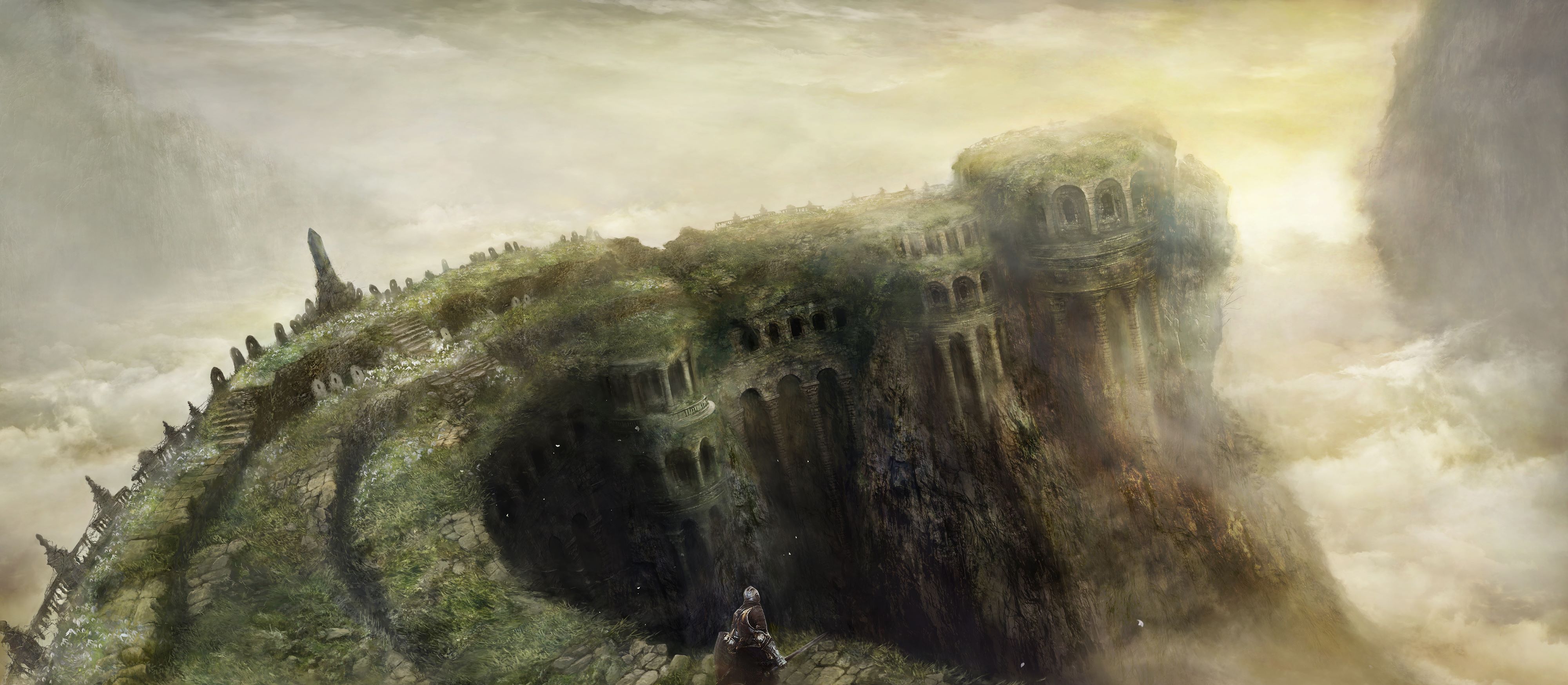

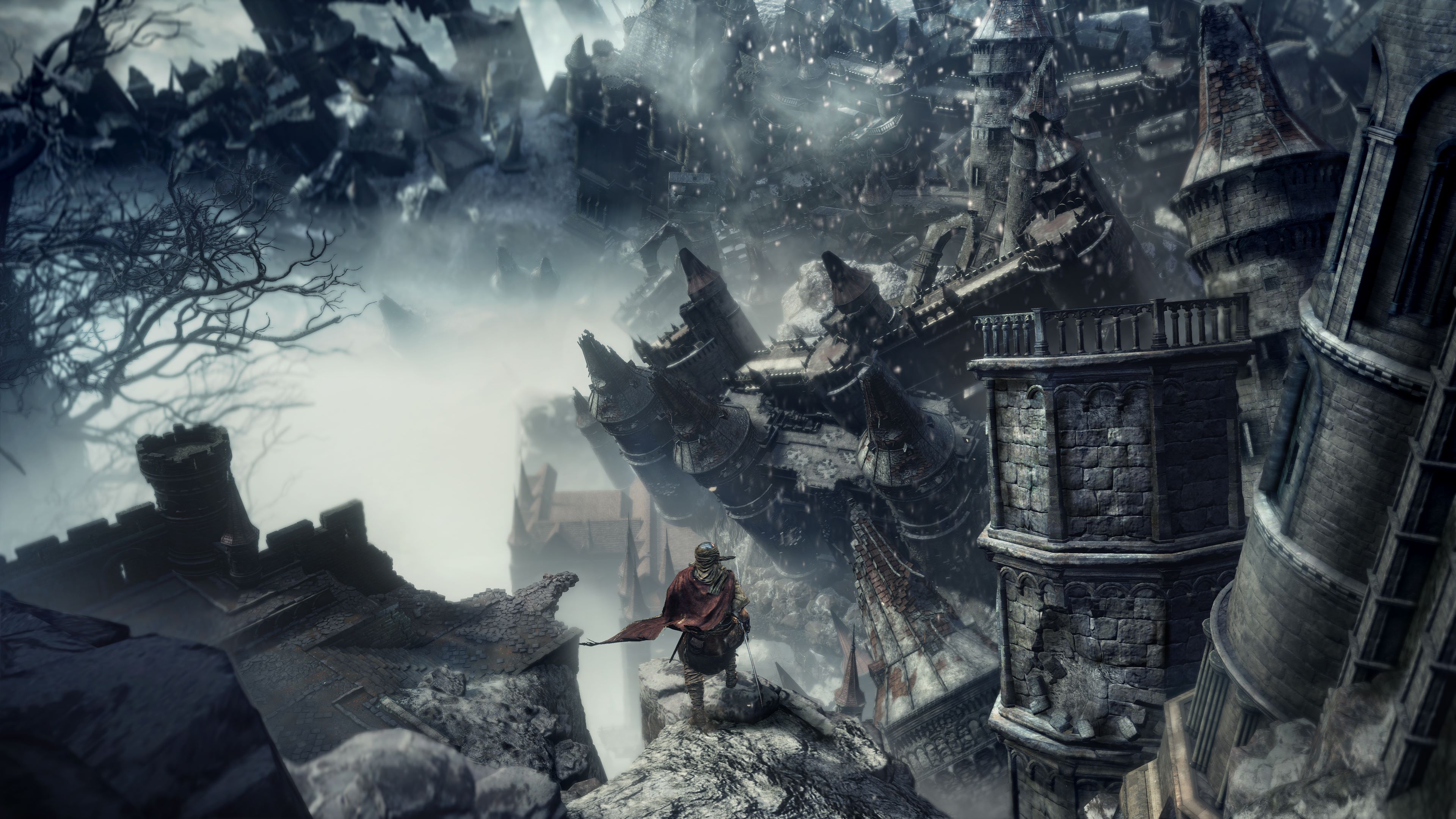


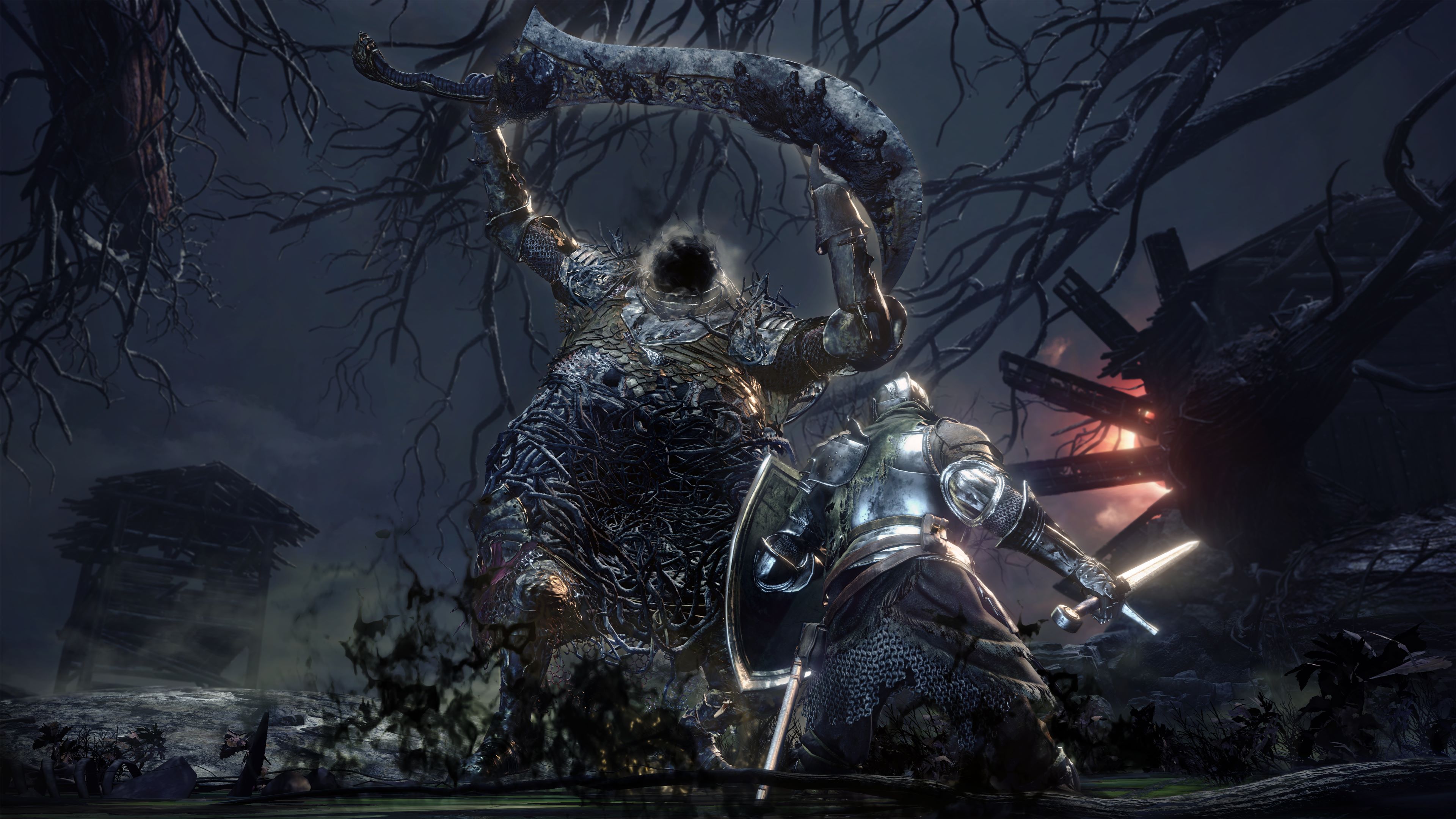

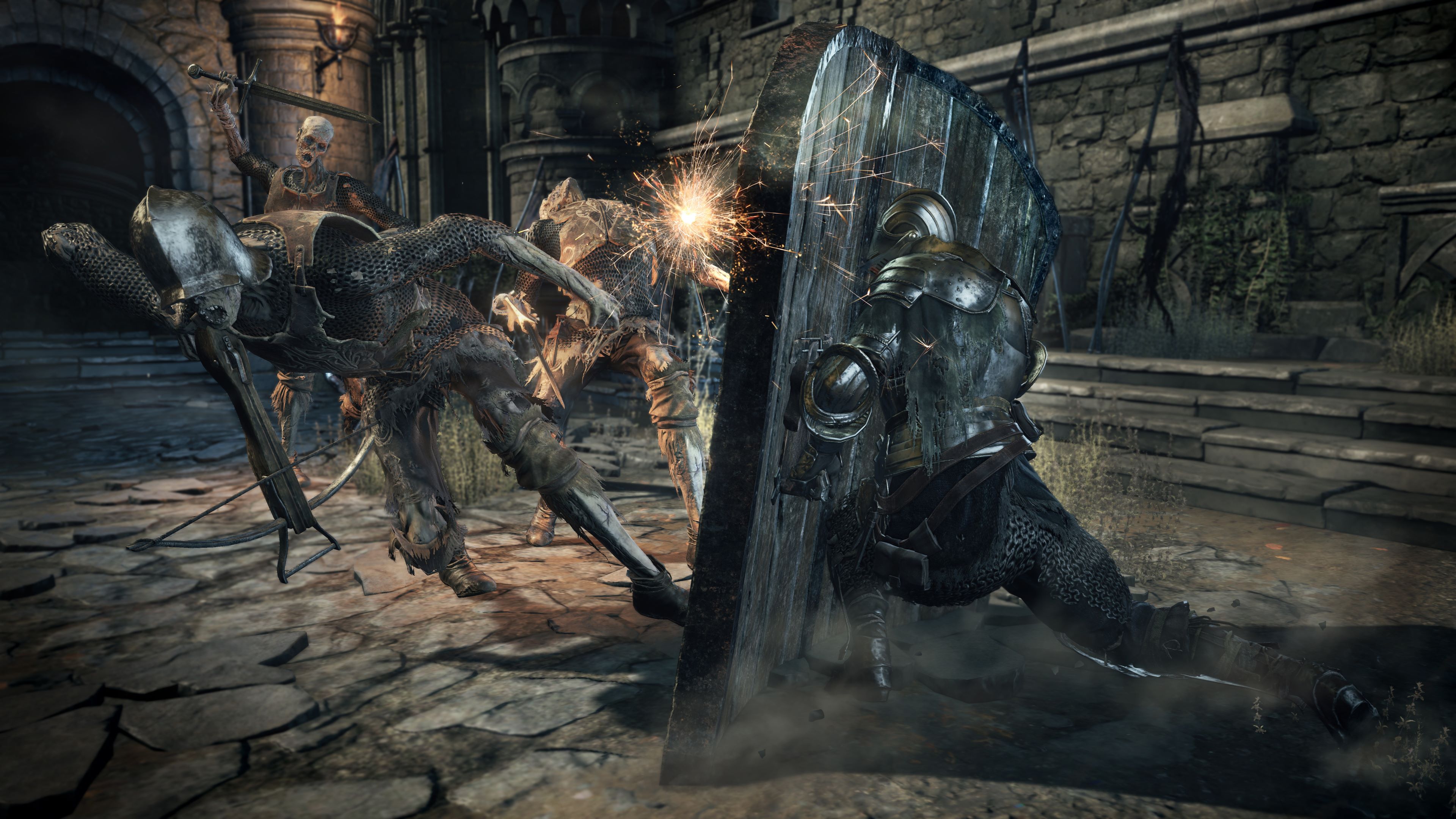


.png?width=291&height=164&fit=crop&quality=80&format=jpg&auto=webp)
